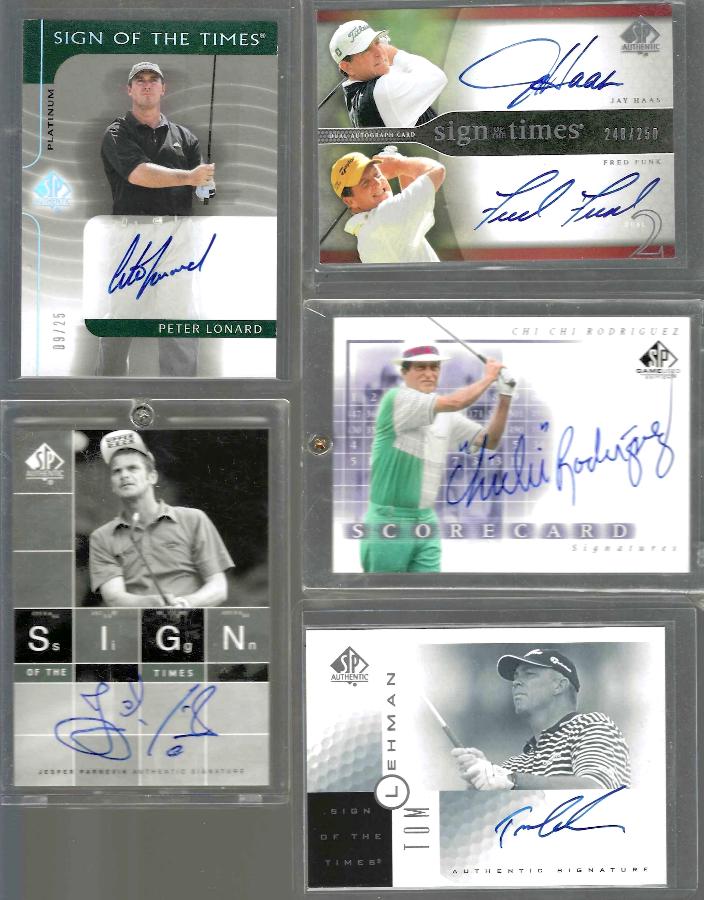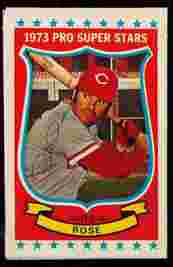Chi Chi Rodriguez - 2002 SP Game-Used GOLF SCORECARD SIGNATURES AUTOGRAPH
This is a SHORT PRINT with quite high prices found on eBay.

Please wander around the website for more info, prices, values & images
on vintage baseball, football, basketball, hockey, sport and non-sports cards.

1973 Kellogg's Baseball |

Bazooka Bazooka Bubble Gum put baseball cards on the back of their boxes from 1959 thru 1971. Complete boxes and panels can get extremely costly. Most kids back then could not afford complete boxes of bubble gum at one making Bazooka cards quite scarce. I actually don't recall ever obtaining a Bazooka card directly from a box as a kid. Do you ???
Black Sox Scandal Name given to the the most famous scandal in baseball history after the 1919 Chicago White Sox versus the Cincinatti Reds World Series when 8 White Sox players were accused of throwing the series. Details have remained somewhat unclear. The players were acquitted of criminal charges but 8 players still received a lifetime ban from professional baseball including the All-Time great "Shoeless" Joe Jackson.
Blank-Back a card in which nothing is printed on the back. These cards are usually not in packs and are either "PROOF ISSUES" or were removed from the factory in some way.
Blanket a term used for collectibles in the 1910's made of fabric .
Border is the part of the card that surrounds the photo or image.
Bowman was a card manufacturer in the 1940's and 1950's that was bought out by Topps. In 1989 Topps started issuing cards using the Bowman brand.
Break a term used to indicate the opening of a set, pack, box or case.
Break Value is the total book value of each card added up individually. The break value of a set is usually way, way more than the value of the complete set.
